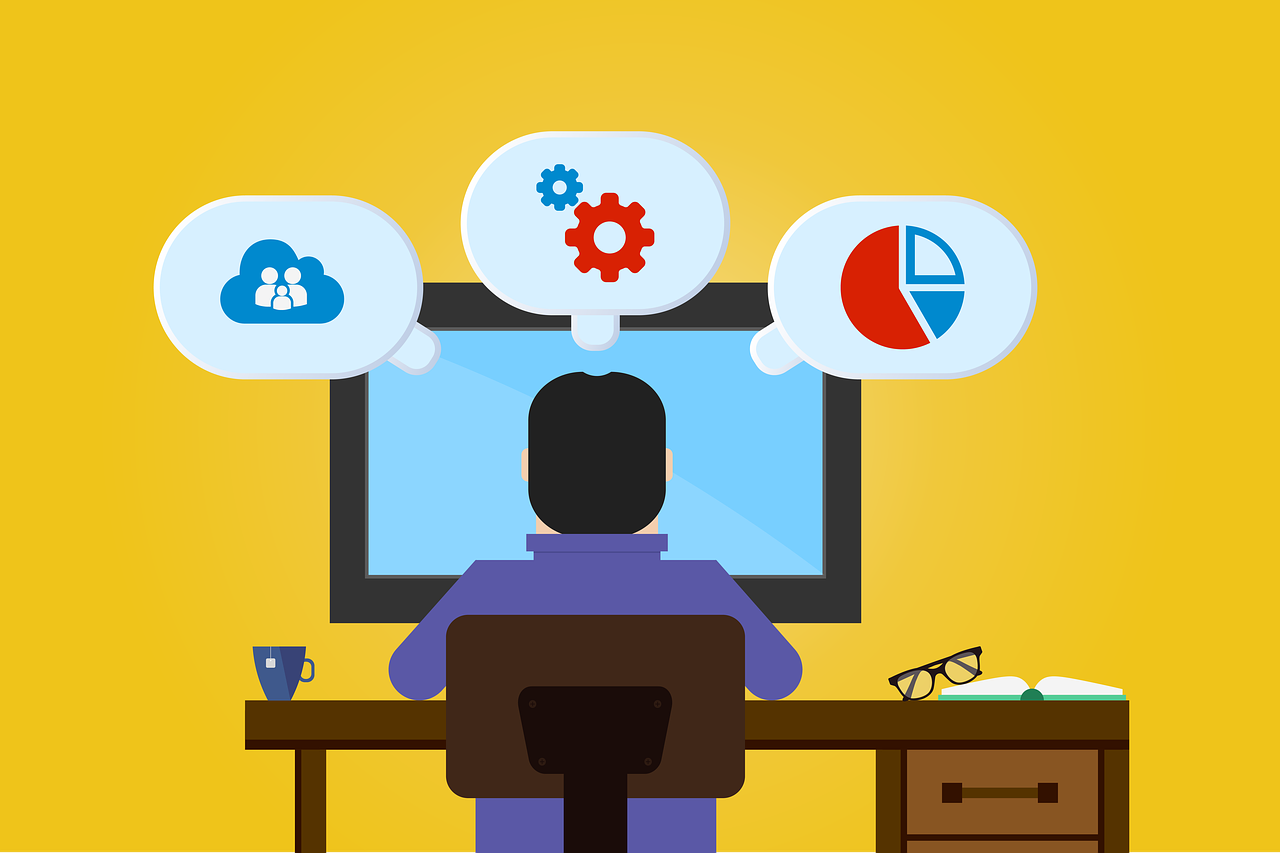2. Software Evaluation and Maintenance
- 2. Software Evaluation and Maintenance
- What is Software Evaluation?
- What is Software Maintenance?
- Why is Software Evaluation and Maintenance Important?
What is Software Evaluation?
Software evaluation is the process of assessing how well a program or application works. This includes testing its functionality, performance, security, and user-friendliness. Evaluation helps developers understand if their software meets the requirements and is free from bugs or errors.
There are different types of testing:
- Unit Testing: This is the testing of individual components or units of code, like functions or classes. The goal is to ensure each part of the program works correctly on its own.
- Integration Testing: This testing checks if different parts of the program work together properly.
- System Testing: This is done to verify that the entire system functions as expected.
- User Testing: The software is tested by actual users to see if it is easy to use and meets their needs.
What is Software Maintenance?
Once software is released, it is important to maintain it to fix bugs, improve functionality, and ensure it stays up-to-date with the latest technology. Software maintenance can be divided into four types:
- Corrective Maintenance: This involves fixing bugs or errors in the software after it has been released.
- Adaptive Maintenance: This is when the software is updated to be compatible with changes in the environment (e.g., a new operating system).
- Perfective Maintenance: This focuses on improving the software by adding new features or improving performance.
- Preventive Maintenance: This is about anticipating and preventing future problems before they happen.
Why is Software Evaluation and Maintenance Important?
Software evaluation and maintenance are essential for keeping programs working smoothly over time. Without maintenance, software can become outdated, slow, or full of bugs. This can lead to security issues, poor performance, and unhappy users. Regular evaluation ensures that software is reliable, efficient, and secure.
